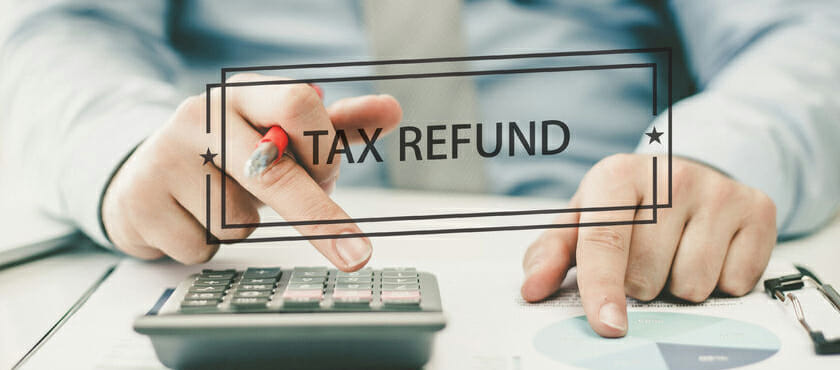Trading Losses? – always good to learn how to reduce your tax!
If you have a difficult trading period and make trading losses it’s always good to know what you can do to reduce your tax bill. After all, having to find money to pay past tax bills when your business is short of cash is never a pleasant experience.
You don’t always have to actually be showing a loss on your accounts either, a tax “loss” can also arise if you invest in equipment (including vans).
If the cost of equipment you buy exceeds your net profits you will have made a “tax loss”.
There are three ways you can utilise these trading losses to save tax:
- They can be offset against other income earned (or possibly against capital gains made) in the same year or in an earlier year.
- They can be offset against future profits of the same trade.
- They can be offset against income from a company if you were previously running a business and transferred your trade into this company.
Not all losses are fully tax allowable though and in some circumstances the amount of the loss is restricted or limited for tax purposes.
There is an upper allowable limit, which is the higher of £50,000 and 25% of the adjusted total income of the year. HS227 Losses (2017)
Additionally, the amount of loss relief you claim against income or capital gains may be restricted or limited for example if:
- You have worked for less than 10 hours a week on average on commercial activities in the trade
- You are a Limited Partner or a member of a Limited Liability Partnership
- You have a business which is carried out wholly overseas
- You have claimed certain capital allowances
Claiming tax relief when you make trading losses in the final 12 months
You can also claim relief for any trading losses you make in the final 12 months of your business (if you decide to cease the trade), against the profits you made during the three previous years.
A key planning objective when considering the best way to use losses is to aim to reduce your income in a year when tax was actually paid. In this way, the loss relief claim will result in a tax refund.
The calculation and utilisation of losses is not a simple matter but the primary aim should always be to convert the loss into a cash flow boost – a tax refund.
Find out more on how to save tax for your business
If you have made a loss and are unsure how best to proceed, please don’t hesitate to get in touch. Our experienced tax team at THP is ready and waiting to advise and assist you. More details on tax planning are here.
About Mark Ingle
Owner-manager business specialist, Mark Ingle is key to building relationships with clients at the Chelmsford office. “I like to see clients enterprises grow and succeed.” Mark explains, “The team here has a lot to offer and I can see a lot of new businesses responding to that.”
Having worked for accountancy practices in London and Essex, Mark has worked with a range of companies varying in size. For Mark, THP stands out for its “local firm approach with the resources of a larger practice.”
Although a keen traveller, Mark is focused on giving his clients at THP the highest service, “Right now, I aim to help the clients we have to the best of my ability which will help me attract more of the right clients in the future.”
Mark’s specialist skills:
- Annual and Management Accounts
- Tax and VAT
- Strategy and Business Planning
- Marketing and Sales
- Business Development












